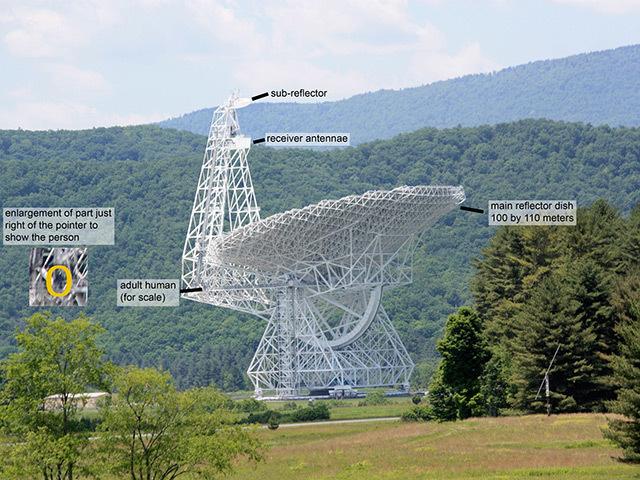
An American astronomer has discovered a most incredible phenomenon in deep space . . . an apparently never-before-seen river of hydrogen.
It is literally a river of energy on the move that may be feeding the birth of stars, at least in certain galaxies.
This very faint, very tenuous filament of gas is streaming into the nearby galaxy, imaginatively named NGC 6946.
“We knew that the fuel for star formation had to come from somewhere,” said astronomer Dr Dan Pisano of the University of West Virginia.
“A leading theory is that rivers of hydrogen – known as cold flows – may be ferrying hydrogen through intergalactic space, clandestinely fuelling star formation.
“But this tenuous hydrogen has been simply too diffuse to detect, until now.”
Spiral galaxies, like our own Milky Way where planet Earth resides, typically maintain a rather tranquil but steady pace of star formation.
Others, like NGC 6946, which is located approximately 22million light-years from Earth on the border of the constellations Cepheus and Cygnus and probably well beyond the range of television’s USS Enterprise, are much more active, though less-so than more extreme starburst galaxies.
This raises the question of what is fuelling the sustained star formation in this and similar spiral galaxies.
Using the Robert C Bird Greenbank Telescope (GBT), Dr Pisano was able to detect the glow emitted by neutral hydrogen gas connecting NGC 6946 with its cosmic neighbours.
This signal was simply below the detection threshold of other telescopes and has leant weight to the river of hydrogen idea.
It’s also possible that sometime in the past this galaxy had a close encounter and passed by its neighbours, leaving a ribbon of neutral atomic hydrogen in its wake.
If that were the case, however, there should be a small but observable population of stars in the filaments.
Astonishing stuff!